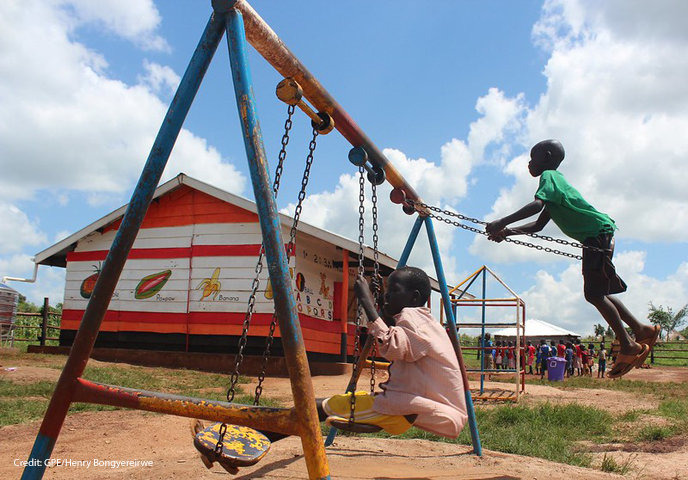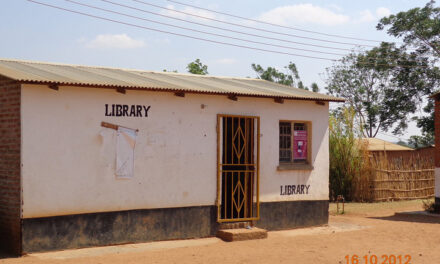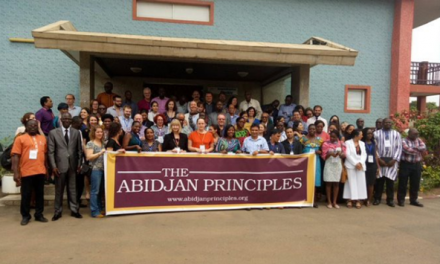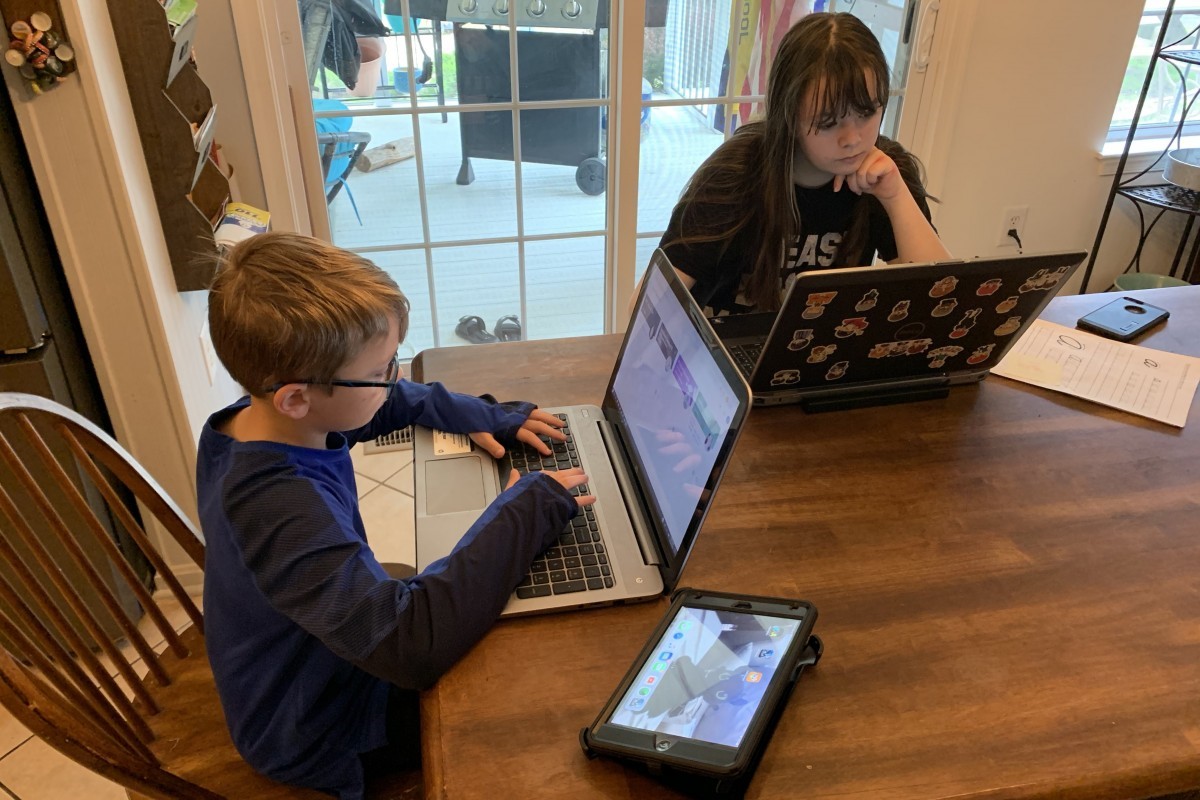This blog was written by Dr Fiona Samuels, Senior Research Fellow, Gender Equality and Social Inclusion, ODI.
When I was approached to write about the potential relationship and linkages between those working on socio-emotional learning (SEL) and others like myself working on mental health and psychosocial wellbeing (MHPSW), I was at a bit of a loss. I had only relatively recently heard of SEL and I also was aware that we were coming from very different backgrounds – SEL experts working in the education sector and myself working within the health and especially MHPSW sector. Nevertheless, when exploring a bit further, I realised that there may be some helpful and mutually-enforcing linkages and complementarities. In this blog I briefly explore how one might bring together these two bodies of knowledge and similarly how people working in these two domains might collaborate – something which so far appears to be missing.
Before proposing some mutual learning and synergies, it is important to define concepts since within the definitions one starts to see potential for overlap and complementarity. Various definitions have been put forward for SEL – one that is frequently adopted is that developed by the Collaborative for Academic, Social, and Emotional Learning (CASEL): Social and Emotional Learning (SEL) is the process through which all children and adults acquire and apply the knowledge, skills, and attitudes to develop healthy identities, manage emotions and achieve personal and collective goals, feel and show empathy for others, establish and maintain supportive relationships, and make responsible and caring decisions. CASEL in turn identifies 5 core SEL competencies in their framework (the CASEL Wheel) (which is also picked up by others). These include: i) Self-Awareness; ii) Self-Management; iii) Social Awareness; iv) Relationship Skills; and v) Responsible Decision-Making.
Perhaps the most widely used definition of mental health is the one coined by WHO wherein: ‘Mental health is a state of well-being in which an individual realizes his or her own abilities, can cope with the normal stresses of life, can work productively and is able to make a contribution to his or her community’. WHO adds that ‘Mental health is more than the absence of mental disorders’ and that it is ‘determined by a range of socioeconomic, biological and environmental factors’. Psychosocial wellbeing is possibly more difficult to pin down, but one helpful definition sees it as a “.. multidimensional construct consisting of psychological, social, and subjective components which influence the overall functionality of individuals in achieving their true potentials as members of the society. Psychosocial well-being incorporates the physical, economic, social, mental, emotional, cultural, and spiritual determinants of health” (see another definition also).
While many working in the domain of mental health come from bio-medical/clinical backgrounds, a key focus of my work has been on the wider social (and other i.e. political, economic, environmental) determinants of mental health. Similarly, rather than focus on severe mental disorders which often require some form of clinical treatment, my work has focused on common mental disorders (depression, anxiety) which, while being the most common, also often go under the radar since they are more difficult to diagnose, people are reluctant to come forward often because of stigma associated with mental ill-health and often service provision is lacking in this area. This has also led to an engagement with psychosocial dimensions – understanding the multiple drivers of psychosocial distress, the promoters or drivers of psychosocial wellbeing and the informal and informal service environment.
Enter SEL. The SEL agenda is perfectly positioned to answer the question of how to promote psychosocial wellbeing, focusing on the positive rather than the negative (addressing psychosocial distress). Scholarship on SEL has provided a framework and structure to encourage children, teachers and parents to ensure these areas are not neglected in learning environments. Extensive thinking has been done on the different aspects of SEL, the different competencies that it includes and how they build on other aspects of learning. And a wide array of innovative approaches have been developed to promote this kind of learning, including through the use of EdTech.
Below is a summary of some inter-related points of mutual learning and complementarity[i].
- Recommendations from our studies on how to promote psychosocial wellbeing amongst children and adolescents often identify the learning environment as a key entry point. Similarly, many of the skills identified by respondents as ‘making them happy’ are those related to self-efficacy, self-confidence, having good relationships, etc. Such skills are key components of SEL. More awareness of SEL frameworks would be critical for researchers (and programmers) working on psychosocial wellbeing not only to identify the nuance in different concepts when asking the questions (research), but also when designing interventions, including linking-up where possible to those working on SEL.
- While SEL focuses on learning environments (formal or informal) and on promoting emotional wellbeing through these learning environments, our work shows how other areas/realms of life can also support psychosocial wellbeing – these range from having supportive parents, having strong peer networks, having time to engage in leisure activities and having spiritual beliefs. And these can be independent of learning environments. This wider perspective may be beneficial to those working on SEL to situate and ensure that interventions and curriculum are relevant to contexts.
- Related to the above, understanding drivers of psychosocial distress and promoters of wellbeing is critical to then build on the positive. It would be important that those designing SEL interventions take this into account – either through doing their own situation/context analysis or draw on learning and possibly using the tools and measures developed by those working on broader issues of psychosocial wellbeing.
- Often emerging in these context analyses are differences in psychosocial wellbeing outcomes related to gender and other socio-demographic variables. This analysis would be helpful for those developing programming around SEL to ensure intersecting vulnerabilities are considered and that interventions are inclusive and do not further marginalize. Additionally, an important way to understand the context, the feasibility and likelihood of approaches to succeed is to co-create content and approaches with all those involved.
- Our work also examines services targeting children or adolescents facing psychosocial distress – including those provided through schools. In many contexts such services are lacking and where they exist they are often of poor quality, staff are not trained for dealing with children and youth and they are often not used for a variety of reasons including stigma. It would be important when designing SEL approaches to consider the wider service environment, how they may link to existing service providers, especially those in schools. How might those staff (often psychologists) link to the SEL intervention? What could they gain from the SEL and what could those facilitating and developing SEL approaches learn from them?
This blog has highlighted a few areas of mutual learning and complementarity. Much more dialogue is needed to continue to draw out the ways these two bodies of scholarship can by synergised and complementary. One area, mentioned above but worthy of another blog is the realm of stigma – while stigma is a key limiting factor when using mental health and psychosocial wellbeing as an entry point (it limits accessing services, abilities to discuss openly, etc.), addressing similar issues through a SEL lens not only focuses in the positive, but also may circumvent the need to address stigma or to address it early on and before it becomes a stumbling block for individuals to ultimately attain wellbeing.
[i] A caveat is important here – this section is based on limited knowledge of design of SEL approaches, it comes from a very brief skim of some documents, from moderating a session at a recent webinar on SEL and listening to the discussions and is biased to what I know which is related to psychosocial wellbeing. Thus much of what I propose may be already undertaken by those working in SEL but I am unaware of it. Nevertheless, I think it is useful to highlight these dimensions.





